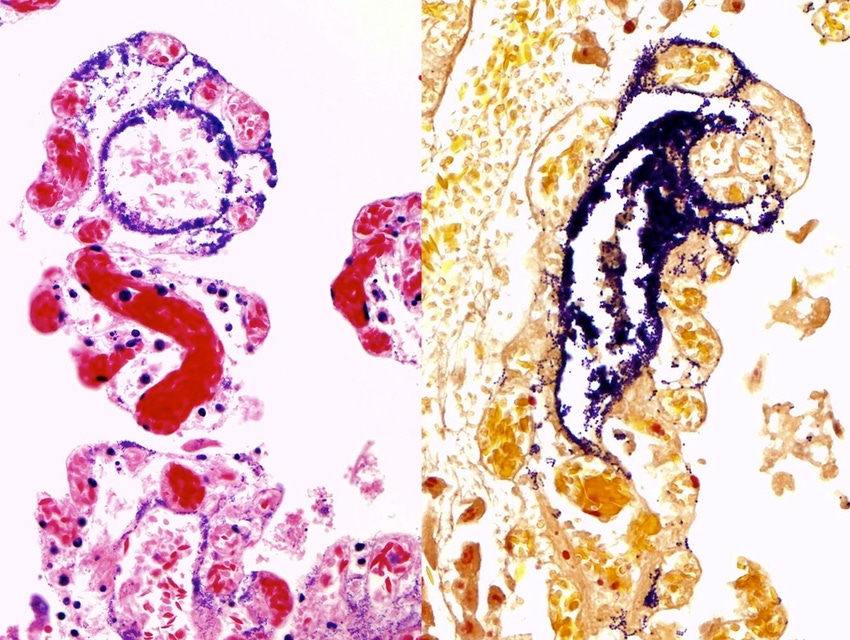New route of infection found for Streptococcus equi that spreads from horses to humans.
April 30, 2020

New research has detailed for the first time the spread of a streptococcus bacterium not just through blood vessels but also through lymph vessels, giving it the ability to invade the digestive system of infected animals through this new route.
Juan Manual Corpa Arenas, professor of histology and pathologic anatomy with the Faculty of Veterinary Medicine at CEU Cardenal Herrera University (CEU UCH) in Valencia, Spain, is a co-author of the study describing the new infection route for Streptococcus equi subs. zooepidemicus, whose transmission from horses to humans has been documented.
In this new study conducted on alpacas, Corpa and researchers from the University of California-Davis concluded that the spread of this bacterium can take place not just through blood vessels, as believed before, but also through the lymph vessels, an announcement from CEU UCH said.
“This subspecies of the S. equi bacteria is typically found in the respiratory system of healthy horses and those with pneumonia and has also been associated with numerous syndromes in different animal species such as dogs, camelids, ruminants, pigs and primates," Corpa explained. "Similarly, infections from this bacterium have also been documented in people that were in close contact with horses, which is why it is said to be zoonotic, in other words, that it can transfer from animals to humans.”
Corpa collaborated with researchers Francisco Carvallo and Francisco A. Uzal at the San Bernardino, Cal., laboratory of the California Animal Health & Food Safety (CAHFS) laboratory system to review cases of alpacas suffering from a natural infection caused by this subspecies of S. equi, which causes so-called “alpaca fever,” CEU UCH noted.
Alpacas with this disease can also infect people who come into contact with these animals. The study explained that lesions associated with alpaca fever are basically located on the serosal surfaces of these camelids: pleura and peritoneum.
“When humans become infected with this bacterium, mainly due to the contact with horses, they can sometimes develop severe diseases such as meningitis, endocarditis, aortic aneurisms, thrombosis, spondylodiscitis, etc. In the most extreme cases, these infections can cause death. This is why the disease is considered a budding zoonosis, which can affect people who are in close contact with these animals,” Corpa said.
The study was published in the Journal of Veterinary Diagnostic Investigation.
You May Also Like


.png?width=300&auto=webp&quality=80&disable=upscale)
